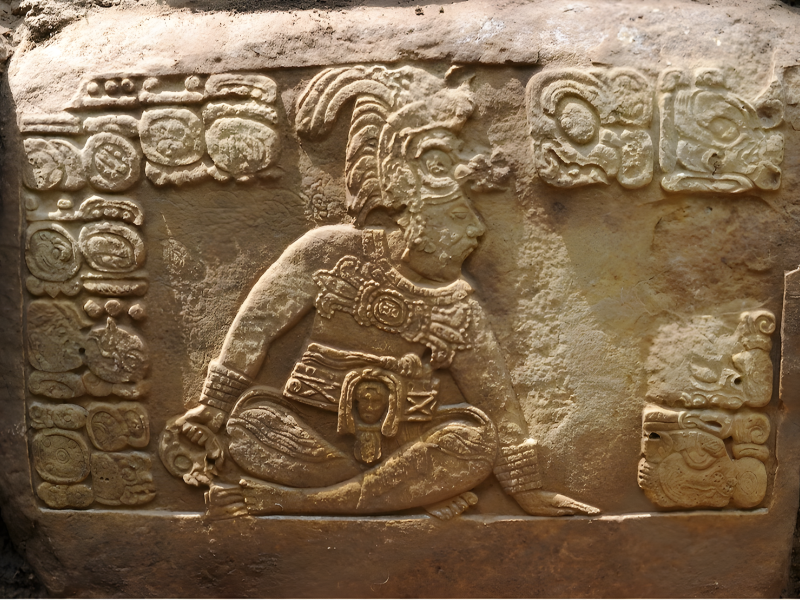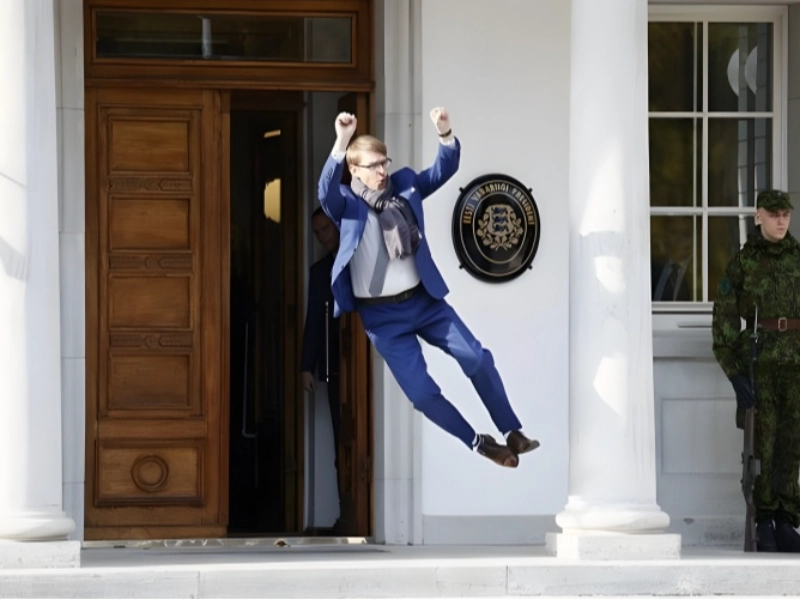Ancient Maya Calendar Mystery: How They Predicted World Events with Stunning Accuracy
9. The Enduring Fascination with the Maya Calendar

The astronomical sophistication of the Maya calendar also contributes to its allure. Modern audiences continue to marvel at Maya advanced understanding of celestial movements and their ability to create precise calendars. Exploring Maya astronomical knowledge deepens our appreciation for their scientific achievements and their profound connection to the cosmos.
The Maya calendar's cultural and spiritual dimensions also resonate with contemporary audiences seeking meaning in their lives. In a fast-paced, linear world, the Maya calendar's cyclical nature offers a refreshing perspective on time and existence. Many people today are drawn to the idea of aligning their lives with natural rhythms, seeking a more harmonious relationship with the environment and the universe.
Artistic expressions inspired by the Maya calendar further enhance its appeal. From visual arts to literature and film, themes of prophecy, time, and cosmic cycles have been explored across various creative mediums. This cultural fascination reflects a broader desire to engage with life's mysteries and establish connections between ancient wisdom and modern existence.
Additionally, the continuous scholarly exploration of the Maya calendar sustains its relevance. Researchers uncover new interpretations and insights, challenging previous understandings and sparking fresh discussions. This intellectual curiosity not only enriches our knowledge of Maya civilization but also fosters broader conversations about time, culture, and human experience.
Ultimately, the enduring fascination with the Maya calendar is rooted in its complexity, its ties to prophecy, and its relevance to modern life. As we continue to explore Maya mysteries and their understanding of time, we honor their legacy and expand our own perspectives. The Maya calendar invites us to reflect on our relationship with time, nature, and the cosmos, bridging the past with the present.










